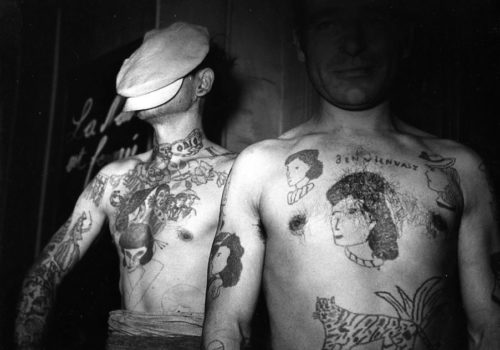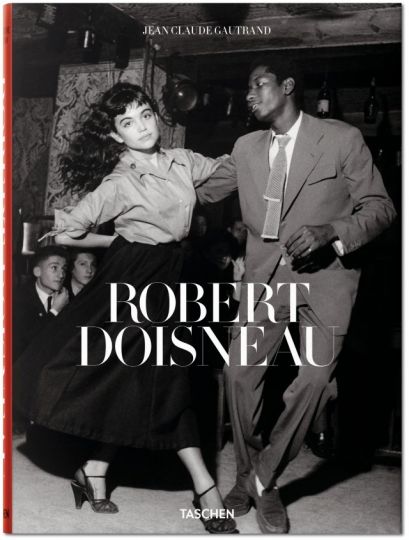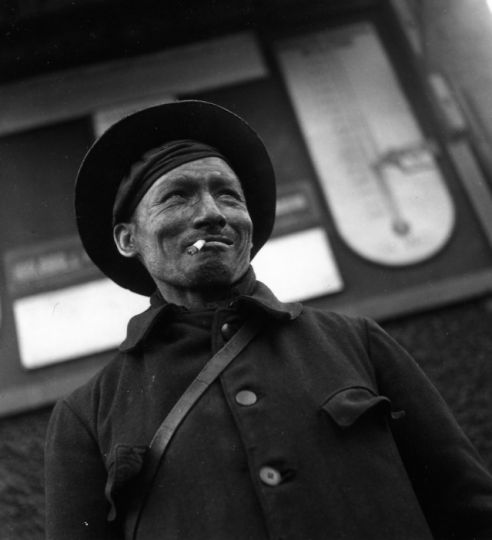Unfailing chronicler of a time when the “little” people were chased from their Parisian working class neighborhoods, when peasants looking for work would come fill the ranks of the poorly housed of the Parisian periphery and when suburbanites would be pushed beyond the edge of the city limits, Robert Doisneau, himself a native of this suburbia he would never leave, asserted himself as the most tender yet clear-sighted poet of the urban transformations and the voice of its suffering population.
A fresh graduate from the Ecole Estienne where he learned printing and drawing, he yearned to explore the Paris and its suburbs, as the old saying goes, “a theater where you pay your seat with lost time”. His long wanderings began, lucid yet tender observations of the little people of Paris and its suburbs; visions of little suburban homes with their brick walls, their enclosed gardens and their vegetable patches smelling of cabbage, symbols of a simple and peaceful life that was giving way to the growing city, horse renters eclipsed by tramways and city buses. It was necessary to destroy the city’s old fortifications, leveling the “zone” with its slums and misery, organize it and urbanize it to make room for the relatively comfortable low income housing where families would squeeze in tight conditions creating the atmosphere for the social dramas that plagued the end of the last century.
Doisneau, heavily influenced by Corbusier’s reflections on urbanism and architecture, understood the need for such transformations but still wanted to explore daily life in these zones: waiting for the bus, caring for the vegetable garden, applauding children’s first steps, Sunday leisure, the rabbit or hen that is coveted during war time, and all of those children’s games that transformed this “zone” into a marvelous place.
All of these little nothings, these notations didn’t prevent Doisneau, the humanist, from taking into consideration life in the capital city, whether an emotional fall from a horse, a tender series of “kisses” featured in Life magazine, an elegant entrance to the Opera or humorous scenes including: The Louvre and its visitors observing the Mona Lisa, spectators in front of an antique dealer’s window selling a painting of a naked woman, or the painter on the Pont des Arts. All of these scenes shot on the fly by an artist who described with humor and solemnity, tenderness or regret, the simple life of Parisians and who devoted the better part of his life and his art to the humble residents of the suburbs until the end of the 1950’s, arousing emotion, amusement, and nostalgia.
Agnès de Gouvion Saint-Cyr
Robert Doisneau
Through June 29
Centre Culturel Recoleta
Avenida Pueyrredón Junín 1930
Ciudad Autónoma de Buenos Aires
Buenos Aires


















